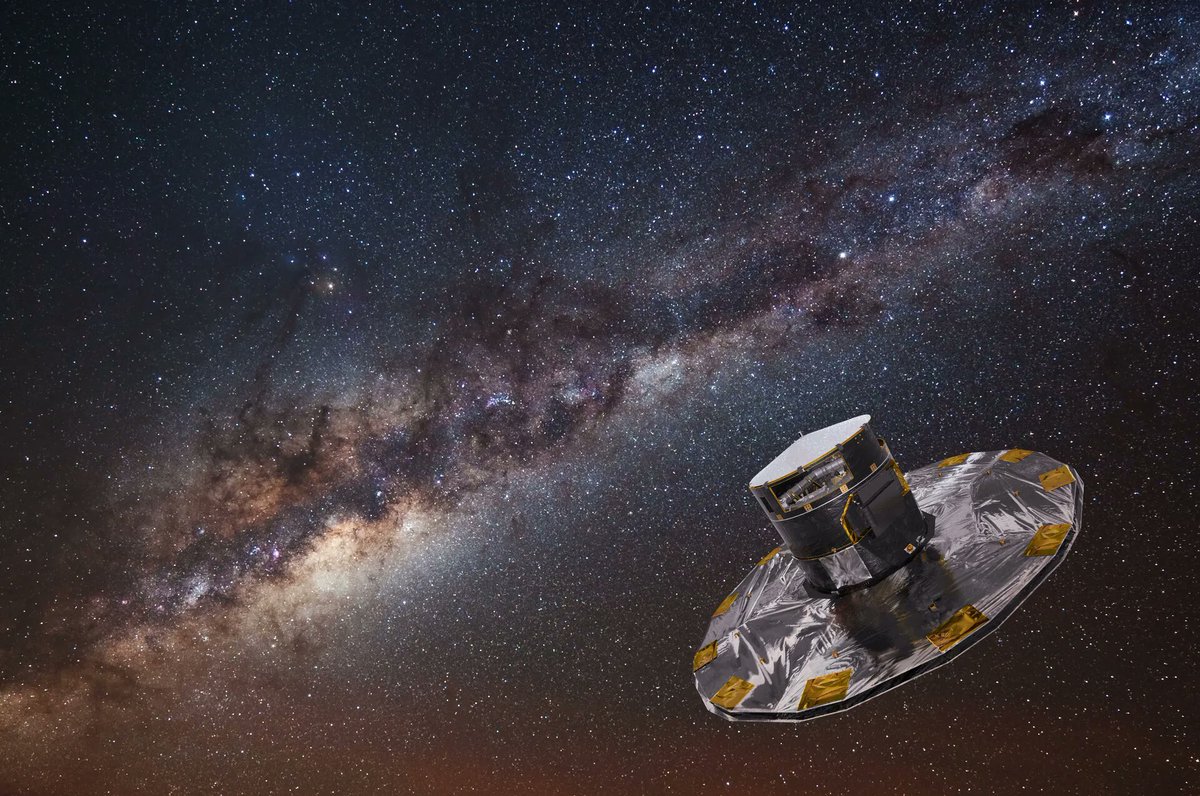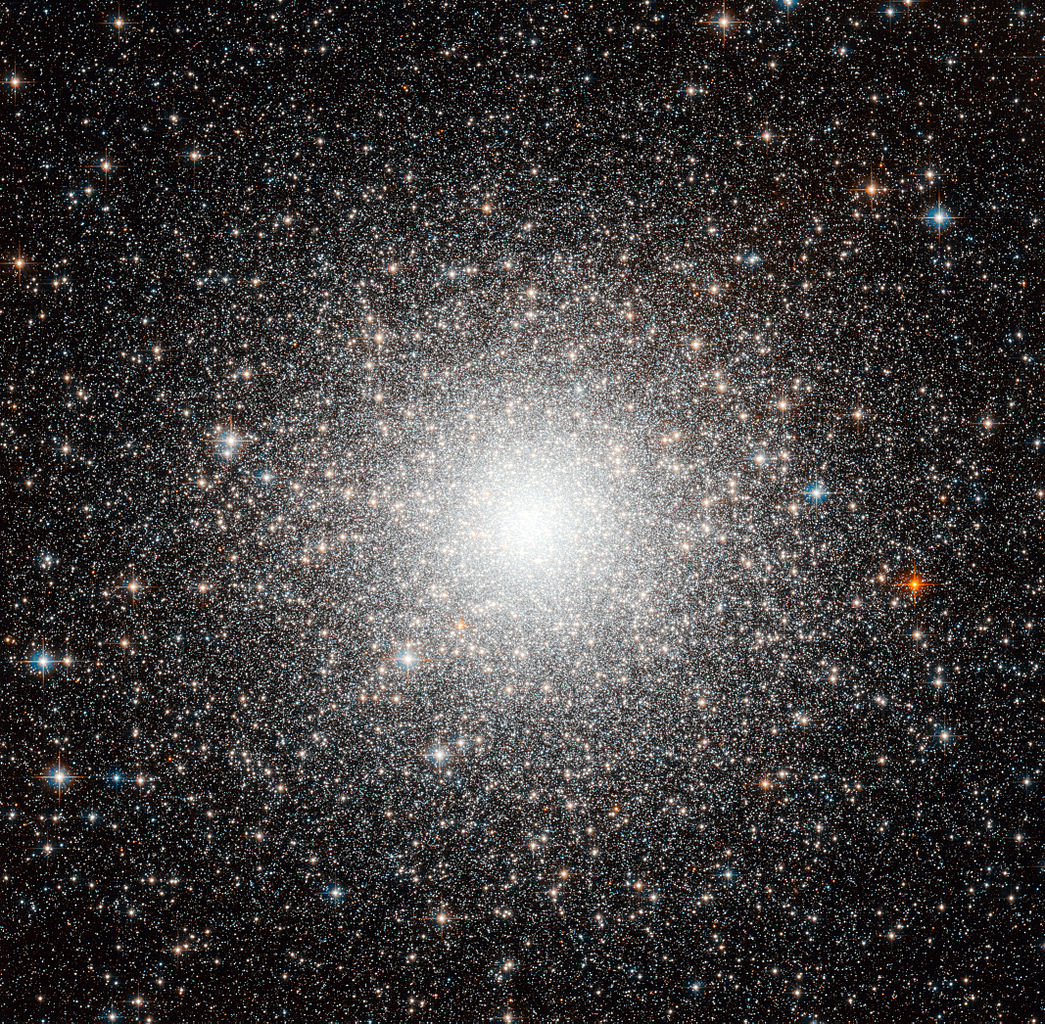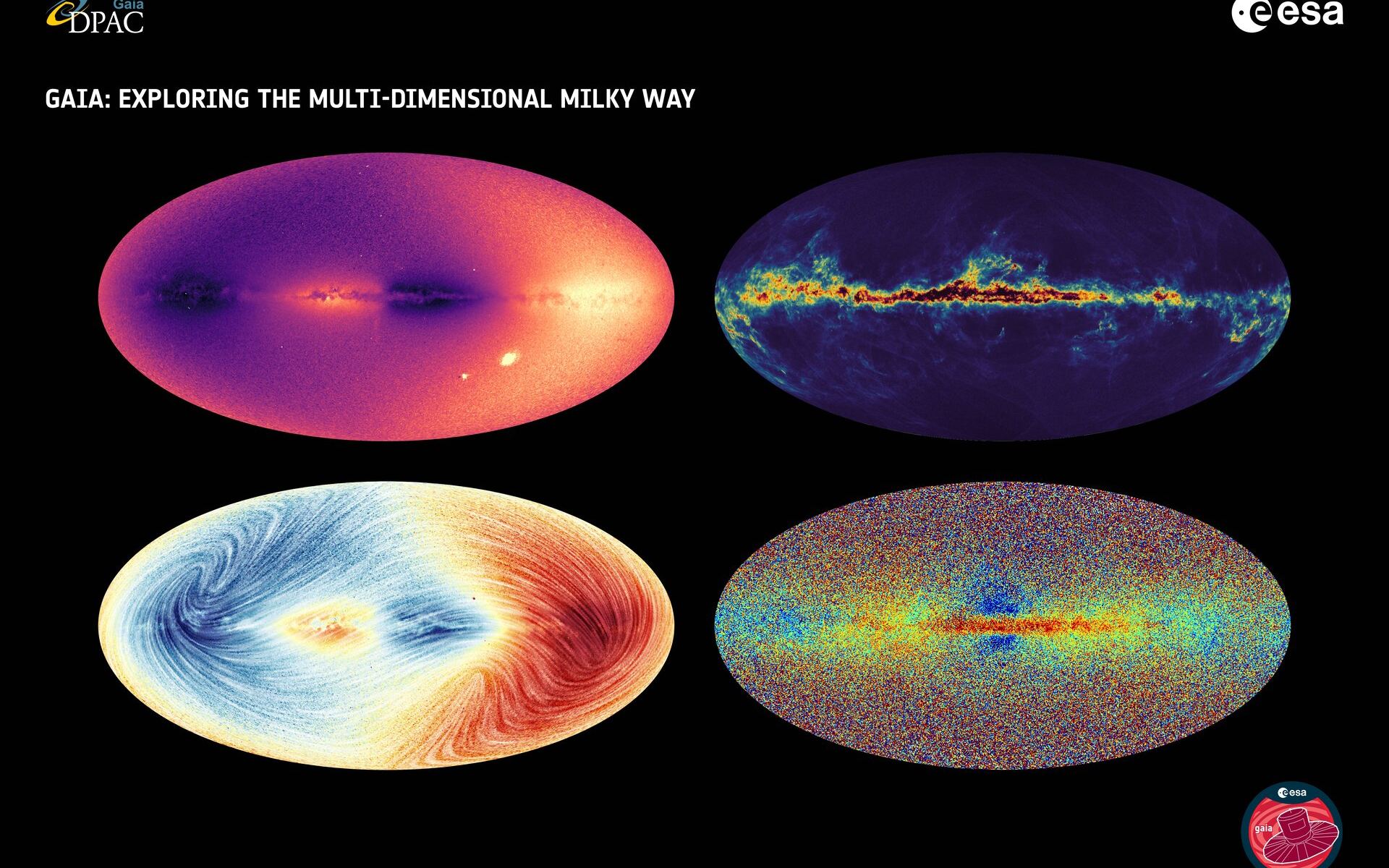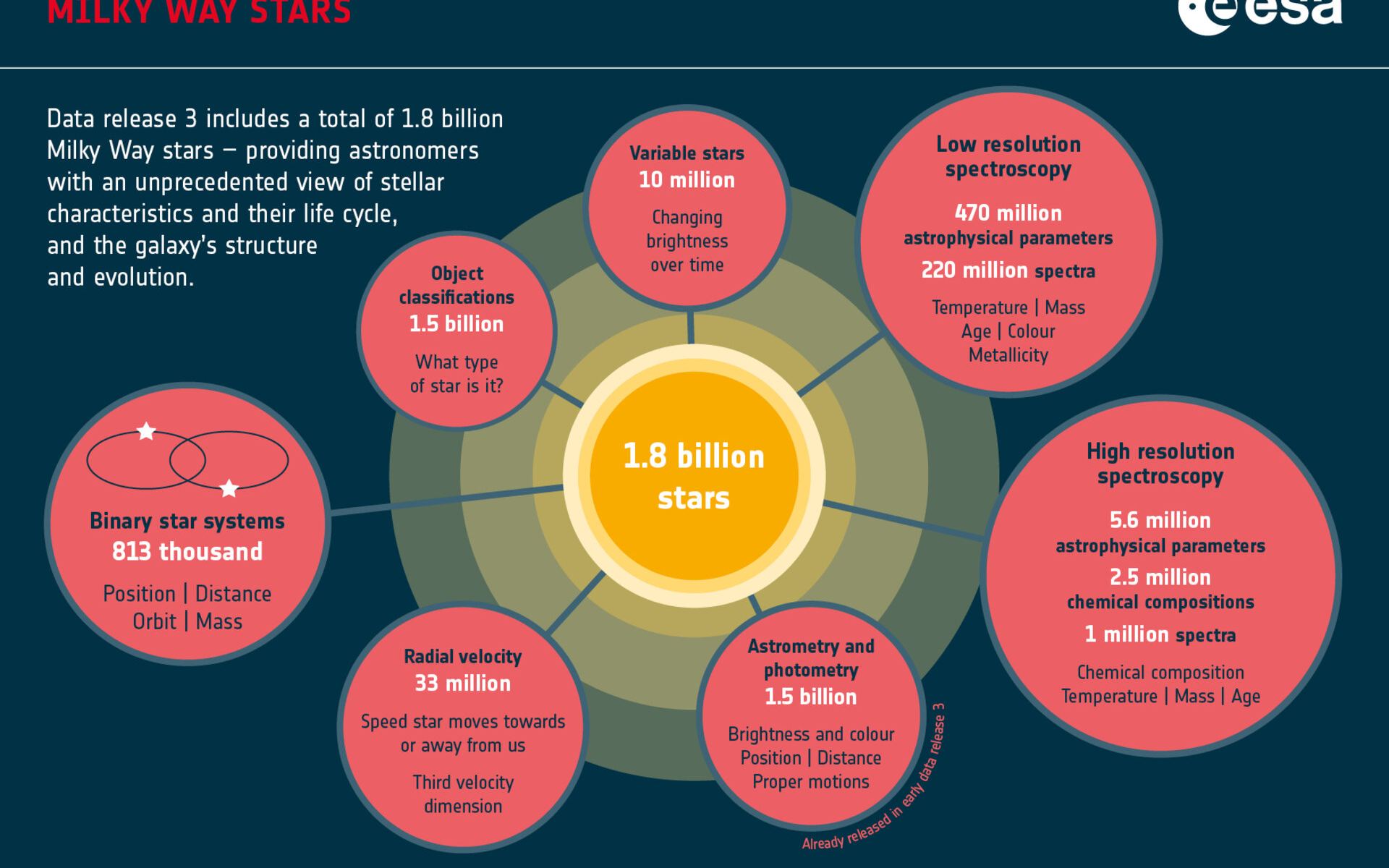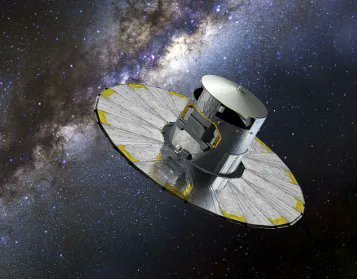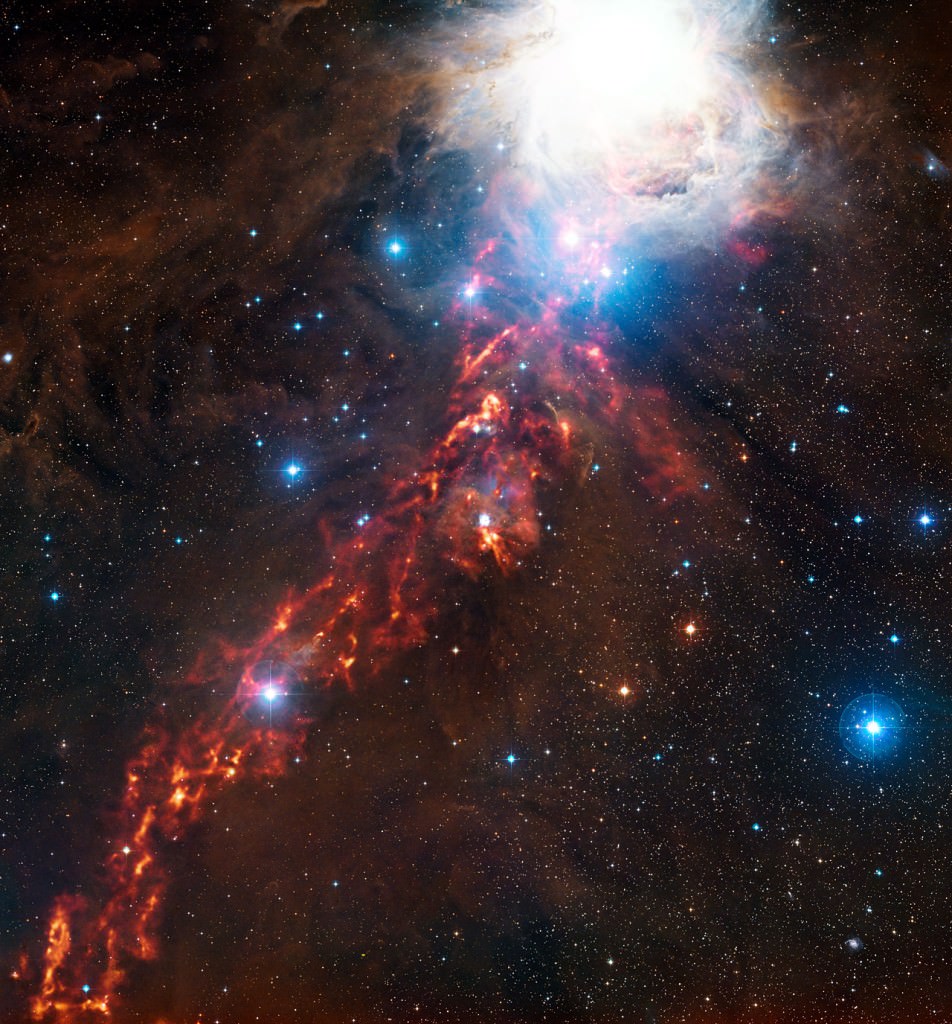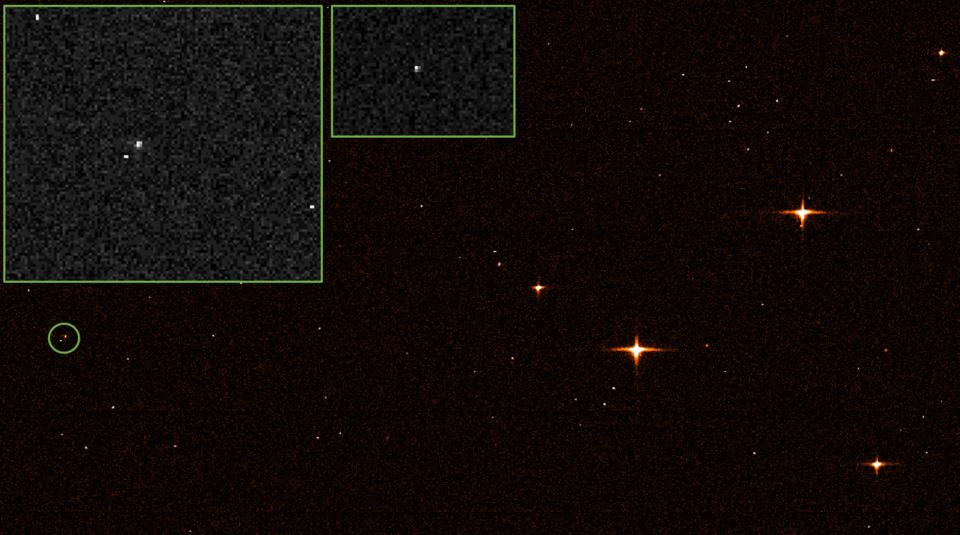The European Space Agency’s (ESA) Gaia Observatory is a mission dedicated to astrometry, a branch of astronomy where the velocity and proper motion of celestial objects are measured to learn more about the formation and evolution of the cosmos. For the past eight and a half years, this space-based has been studying over two billion objects in the Universe. This includes stars in the Milky Way but also planets, comets, asteroids, and distant galaxies. This information obtained by this mission will be used to create the most-detailed 3D catalog of the Milky Way ever.
Since the mission began in 2013, two major catalogs have been released, known as Gaia Data Release 1 and 2 (DR1 and DR2), accompanied by a smaller data set – Early Data Release 3 (EDR3). On June 13th, Gaia’s third full catalog (DR3) will be released, containing new and improved details for the two billion celestial objects it has been observing. The release will coincide with a virtual press event hosted by the Gaia Data Processing and Analysis Consortium (DPAC), where featured speakers will share the significance of this latest release and how it revolutionizes our understanding of the galaxy.
Continue reading “ESA is About to Release its Third Giant Data Release From Gaia”


